There are choices that you can make in your day-to-day life to reduce your personal impact on the environment. Singapore has unveiled a Green Plan to tackle climate change with some key targets including planting 1 million more trees, reducing the waste sent to landfill by 30 per cent by 2030 and quadrupling solar energy deployment by 2025.
But making a difference to our environment will take more than government action. It will require everyone to play their part.

Based on an individual’s lifestyle assessment, the Adva app curates and recommends simple activities that you can work towards every day to help you achieve your daily carbon reduction goals.
“Any change has to begin at an individual level,” says Suresh Sundararajan, managing director at Olam and co-founder of Adva, an app that enables you to track, manage and offset your carbon footprint in an easy to digest way. “If one person changes, it can trigger a cascading effect.”
A carbon footprint is the total amount of greenhouse gas emissions that come from the production, use and end-of-life of a product or service. “Identifying how we contribute is a good first step for each of us to try to reduce our carbon footprint,” says Sundararajan. “Simply by knowing the role each of our daily activities plays, means we can all make changes that can make a real difference to help cut down our individual carbon emissions.”
By taking a quick lifestyle assessment about the food you eat, your travel habits and household lifestyle, the Adva app can calculate your personal carbon footprint. The app offers users three paths – easy, moderate and stretch – to help you reduce your impact on the planet with a tracking function that also allows you to view your projected annual footprint based on your chosen path. Users can complete challenges and use the rewards to populate their own virtual planet with animal avatars.
Here are some of the things that add to your carbon footprint you may not have thought about, and how you can reduce them:
Planes, trains and automobiles
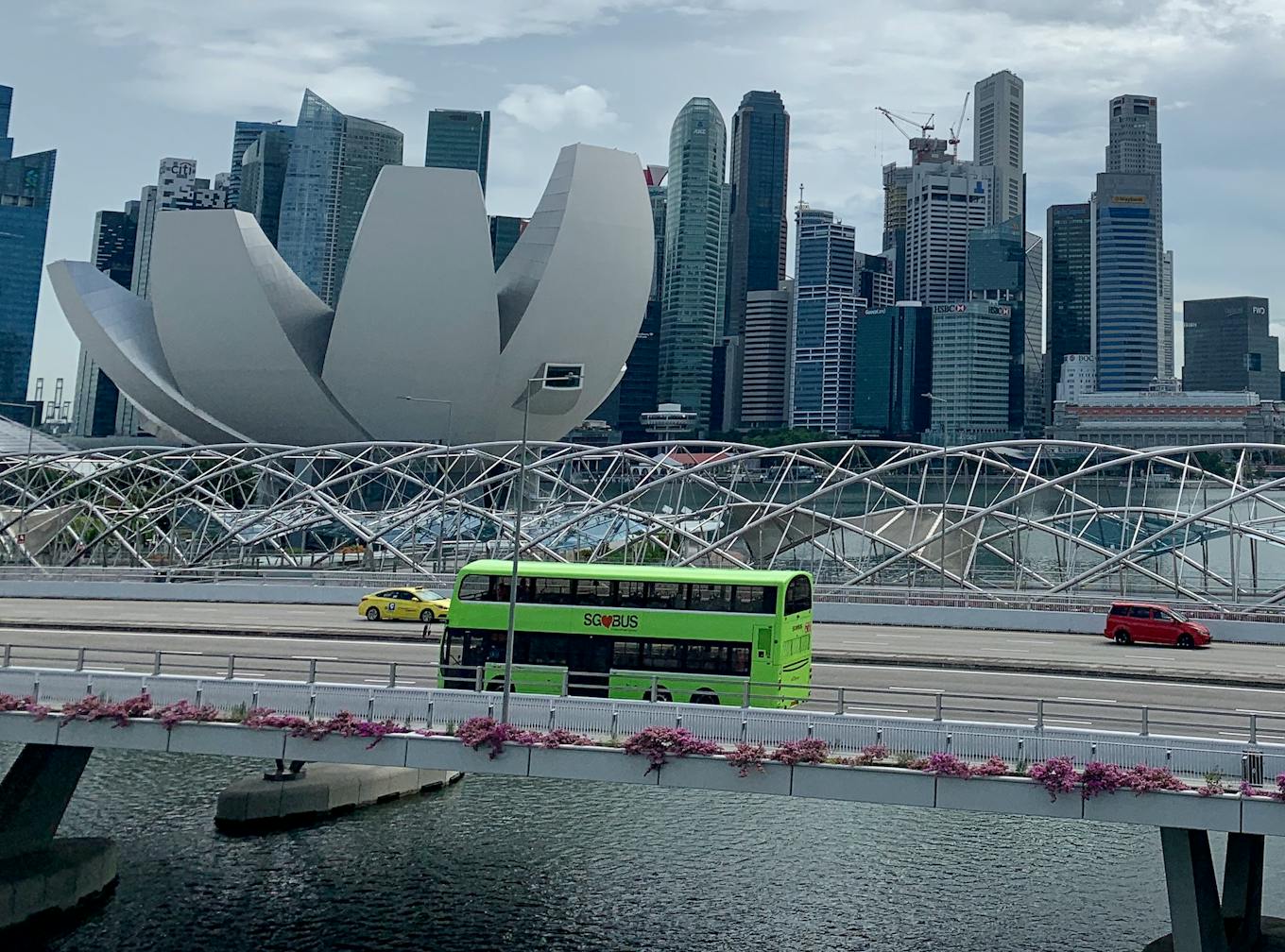
A bus heads over a bridge at Marina Bay. Singapore’s Foreign Minister Vivian Balakrishnan says that by 2030, public transport should be the first form of commute that comes to mind for Singaporeans. Image: Robin Hicks/Eco-Business
As more of us prepare to head back into the office, it is worth looking at how you get there as it is one of the biggest daily climate decisions we make. Private transport is one of the world’s biggest source of greenhouse gases, with emissions rising every year.
Opting for public transit such as buses, trains or the smart cycle scheme will make your journeys substantially greener. If you do drive a car, then car-pool to limit the number of cars on the road and drive more efficiently – holding back on the acceleration and the brakes - to help reduce emissions.
Before dusting off your passport in anticipation of the skies opening once again, it is worth considering that taking one less long round-trip flight a year could shrink your personal carbon footprint significantly. If you cannot avoid flying, the Adva app and most airlines offer the option to buy carbon offsets. However, it is worth checking that the programmes on offer are doing what they say and that they are independently accredited.
Gaming & E-Waste
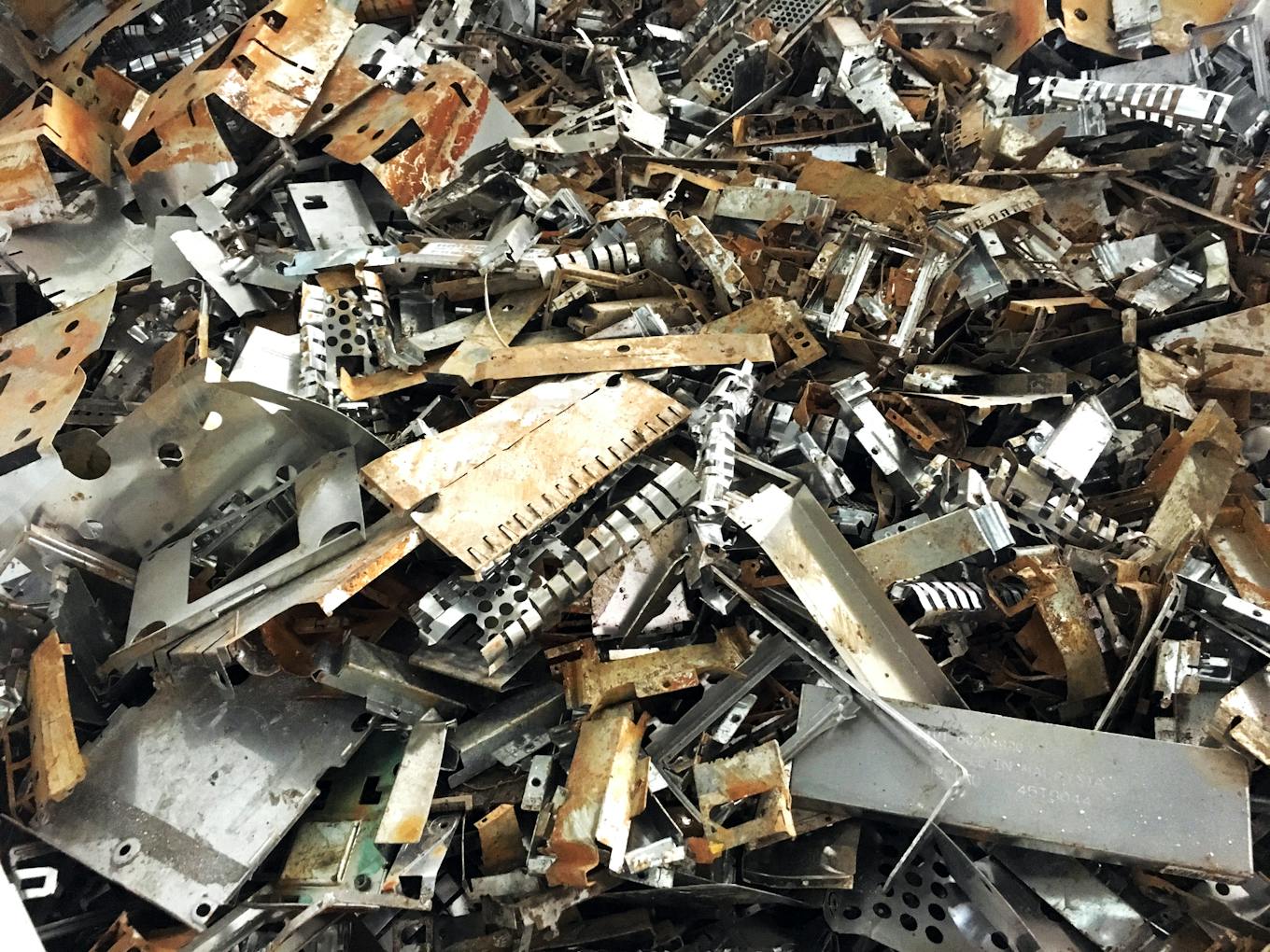
Metal scrap retrieved from e-waste at a recycling facility in Singapore. Image: Eco-Business
Gaming may offer some light relief from the daily grind, but it is contributing to the climate crisis. Circuit boards with rare mined-metal and plastic casing produce difficult to recycle e-waste, while the long hours people spend playing, guzzles electricity.
Cloud gaming does minimise the digital console hardware needs, but that still damages the planet. Each online action means a few grams of carbon dioxide are emitted due to the energy needed to run devices, power wireless routers and the data centres that host these cloud games. By managing the time spent on gaming, can help reduce energy consumption and carbon emissions.
Recycle e-waste responsibly. Singapore generates about 60,000 tonnes of e-waste a year, according to government statistics, equivalent to 70 mobile phones per person. So repair electronic equipment where possible, donate if it is still in working order or, recycle unwanted items through an e-waste recycling programme nearest to you.
On standby
Today, an estimated 3.6 billion air conditioners, refrigerators, and related appliances are used worldwide; to meet the world’s cooling needs, that number will more than triple, to 14 billion cooling units, by 2050. Image: Pikist, CC BY-SA 4.0
The little red light on your digital television box is consuming electricity. As is the microwave, coffee maker, speakers, phones and laptops that are plugged in but dormant. This can add another S$25 (US$18.50) to your utilities bill a year, according to Energy Efficient Singapore, a government initiative.
Cooling is a big offender in driving up carbon emissions but the Adva app can help reduce energy consumption by prompting users to turn-off air conditioners. Turning-off air conditioning and using natural ventilation has made a substantial impact to energy consumption, says Sundararajan about his own home.
Switching on an air-conditioner for a while then switching to a fan to keep a room cool, can save about S$340 a year. Otherwise, setting your aircon temperature at 25 degrees Celsius and changing the fan mode to AUTO will allow your aircon to regulate its fan speed according to the room temperature, saving energy and money. You can also check and clean the filter regularly to maximise efficiency.
Dodgy appliances
Old appliances can be inefficient and tend to produce a lot more emissions than newer ones, which have minimum energy performance standards and energy labels implemented. Old fridges can have poor insulation and seals around the door meaning you are more likely to turn the temperature dial down to keep your leftovers cold. Newer fridges tend to have more efficient motors and compressors which will drive down the energy consumption. Check the energy label on your white goods – the more ticks, the better.
Disposable dilemma
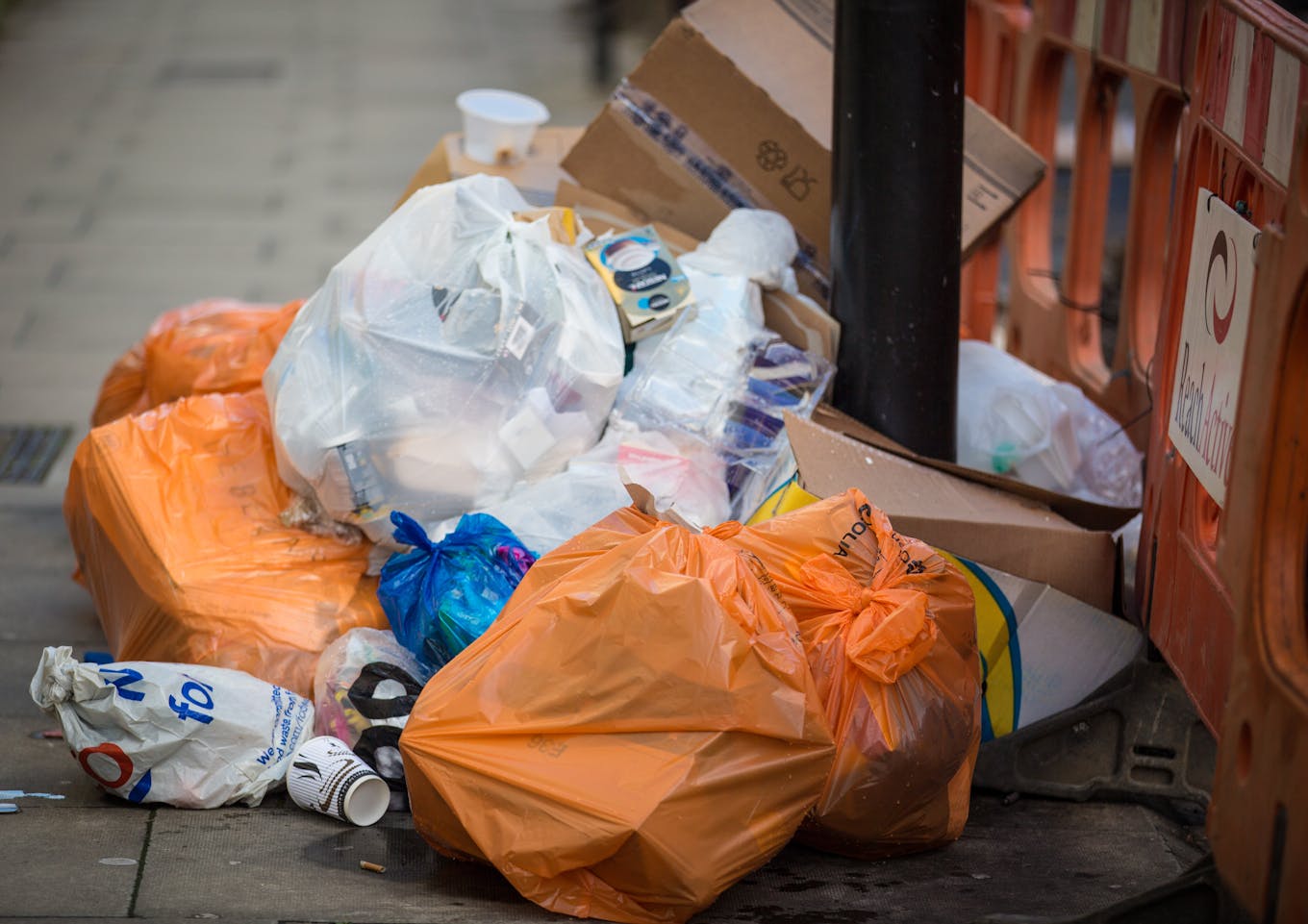
Plastic bags make up about a fifth of Singapore’s plastic waste stream. Singapore residents use an average of 13 plastic bags a day and produce more plastic waste per capita than almost any country in Asia, a small fraction of which is recycled. Image: WWF
Straws, plastic bags to carry our groceries, clingwrap are just some of the single-use plastic items, made primarily from fossil fuel-based chemicals, that are often ubiquitous offenders when contributing to your carbon footprint but are having a devasting impact on our oceans, wildlife and health.
Carrying reusable cloth shopping bags for groceries and reusable bottles is a great way to reduce single-use plastics. Get your coffee fix using a metal cup or flask that can be washed after use. Plastic straws can be replaced with metal or bamboo ones and say no to plastic cutlery. Compostable beeswax wrap is a decorative and sustainable alternative to clingwrap.
Carbon diet

Meat-free substitutes such as the Impossible Burger patty, which tastes close to the original meat burger, have entered the fast-food market and are changing the game of what it means to eat meatless. Image: Wikimedia Commons
Reducing or avoiding meat (particularly red meat) and dairy — two of the largest contributors to climate change after fossil fuels — can really help reduce our impact on the planet. Meat and dairy are responsible for 14.5 per cent of man-made global greenhouse gas emissions derived from feed production and processing and the methane animals belch out.
For meat-lovers, try and swap a few meals a week for vegetarian or vegan options - the Adva app can provide simple prompts to help you. Every day you forgo the consumption of dairy and meat will not only decrease your carbon footprint by a healthy 3.5 kgs a day of carbon equivalent but will cushion the impact on the planet’s land and water.
Waste not, want not
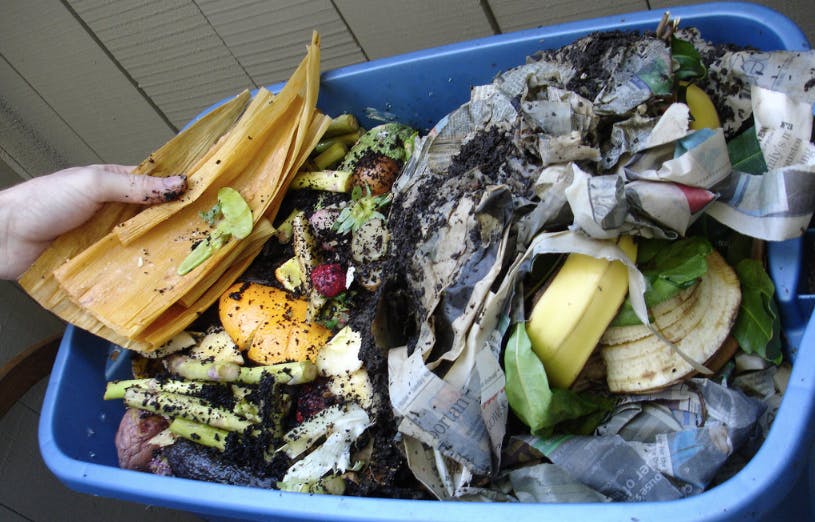
Globally, one third of all food produced - worth $1 trillion - is binned every year, according to the UN’s Food and Agriculture Organization (FAO), and researchers fear annual food waste could rise by a third to 2.1 billion tonnes by 2030. Image: kafka4prez,CC BY-SA 2.0, via IFPRI Flicker
Food waste accounts for 8 per cent of global greenhouse gas emissions, according to the United Nations, and is one of the biggest waste streams in Singapore, increasing by 20 per cent over the past decade, says the government’s Towards Zero Waste programme. Rice, noodles and bread are the most wasted foods. “Bins are working as black holes…it’s out of sight, out of mind,” says Benjamin Lephilibert, of Lightblue environmental consulting.
Singapore currently imports 90 per cent to supplement its food supply. More waste means more imports, which exponentially drives up the equivalent carbon emissions for each food item. “People need to know all the resources that are needed to grow the food that ends up on our plate is dramatically impactful,” says Lephilibert.
Food waste can be averted by meal-planning for the week ahead, so you only buy what you need. Freeze or refrigerate your leftovers in containers. Understanding food labels can also avert waste – ‘best before’ is an indicative date marking and means that the food is still edible if the product is unopened. ‘Expiration date’ tells consumers the last day a product is safe to consume.
If you cannot get through a batch of bananas – why not put them on a food-sharing platform connecting people with surplus food to those who need it.
Impulse buys
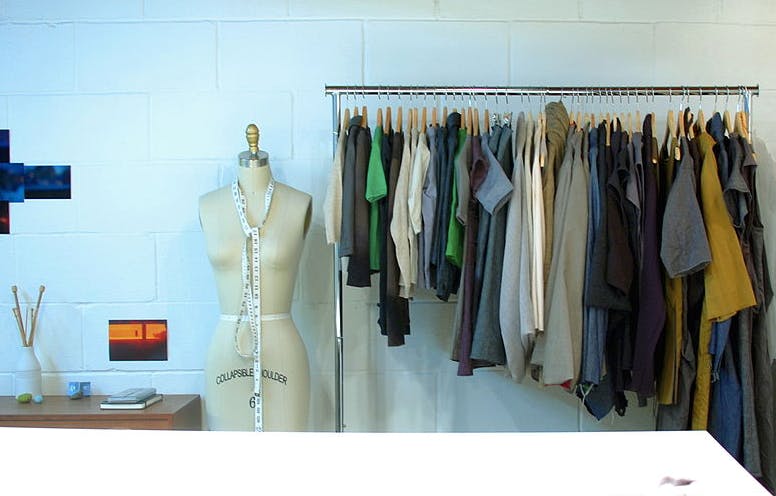
Clothing companies around the world doubled the number of garments they made from 2000 to 2014, leading to a stream of clothing - purchased and thrown away, left unsold, or tossed as textile plant waste - going into landfills. Image: UNIFORM Studio,CC BY-SA 2.0, via IFPRI Flicker
A 2017 YouGov study found that a third of people in Singapore have thrown away clothing after wearing it once. Fast fashion that is flooding the market with new daily products, encouraging consumers to buy in excess for less is costing the earth.
The UN reckons it takes 3,781 litres of water to make a pair of jeans, from the production of the cotton to the delivery of the final product to the store. That equates to the emissions of around 33.4 kgs of carbon equivalent.
To help minimise the ecological impact of your purchases, it helps to buy good quality, locally-made clothes that are less likely to fall apart in the first wash. Donating used clothes or a clothes swap with your friends gives your garb a second life. The second-hand clothing market has grown substantially in Singapore in the past few years and will certainly help mitigate the industry’s harmful impact on the environment while resale platforms allow you to swap clothes earning you points that can be used to purchase more used clothes.
Collective action
With fires raging, water levels rising and global temperatures hitting all-time highs, the prospect of trying to stem the tide of climate change can seem overwhelming. Individual action tends to be disconnected from headline grabbing pledges from corporates and countries promising to reduce their carbon emissions. But with collective action, impact is possible on a large scale. Using a carbon tracker such as Adva can help to support a more sustainable lifestyle without overwhelming users with difficult lifestyle choices. Starting small is a big first step and will help create a ripple effect to help the environment.
From now till 21 May, Adva is giving away a $50 voucher from NTUC Fairprice. Simply download the Adva app and take part in their feedback survey here by 21 May and you might be one of 15 lucky winners.











